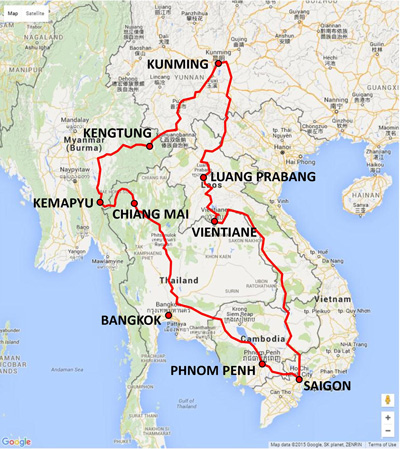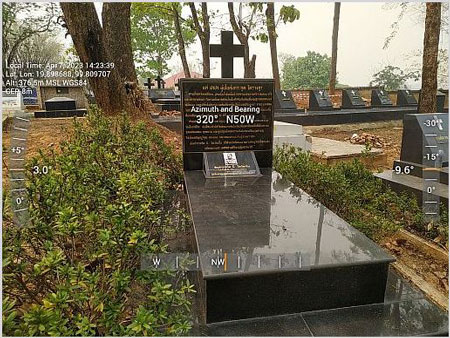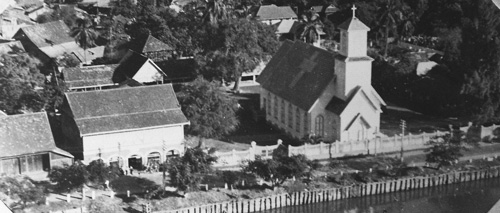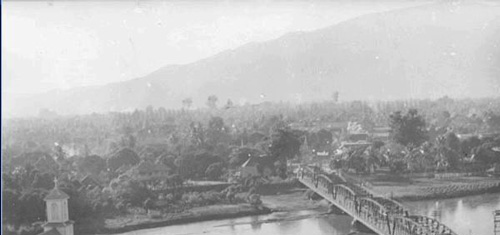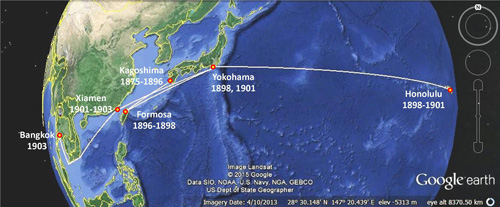Morinosuke Tanaka (Th: ทานาคา / Jp: 田中盛之助)
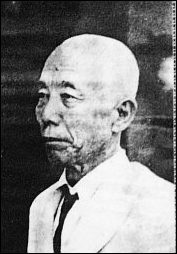 The lasting influence of the Japanese photographer, Morinosuke Tanaka1, better known as simply “Tanaka”, is preserved in his many photographs of Thailand, particularly the Chiang Mai area, during the early part of the 20th century. In Chiang Mai, he was a contemporary of Anusarn Sunthorn, the first commercial photographer in Chiang Mai;((เอนก นาวิกมูลฺ ประวัติการถ่ายรูป ยคแรกของไทย กรุงเทพฯ [Anake Nawigamune, History Of Early Photography In Thailand, (Bangkok: White Lotus, 2005) (Thai Text)], pp 187, 188. Hereafter, Anake.)) Tanaka’s son-in-law, Shu Hatano,((松本逸也, シャムの日本人写真師 (東京: めこん, 1992) [Itsuya Matsumoto, Japanese Photographers in Siam (Tokyo: Mekong Publishing Co, Ltd, 1992) [hereafter Matsumoto], p 14. The plural “photographers” in the title, Japanese Photographers in Siam, refers to four photographers, one of which is Tanaka. The other three are his son-in-law, Shu Hatano, and Shu’s brother, Shozo, plus a predecessor and early contemporary, Kaishu Isonaga.)) provided a link direct to Chiang Mai’s current photographer-historian, Boonserm Satrabhaya. Boonserm has selflessly championed Tanaka’s work in his own collection of photographs as evidenced in his several published albums((The most recent being Boonserm Satrabhaya, Chiang Mai in Memories (Chiang Mai: Chao, 2011), with text in Thai, Japanese, and English. (hereafter Boonserm).)) and his recent exhibits at the Sriprakard Hotel (2011) and the Chiang Mai Domestic Air Terminal (2015).
The lasting influence of the Japanese photographer, Morinosuke Tanaka1, better known as simply “Tanaka”, is preserved in his many photographs of Thailand, particularly the Chiang Mai area, during the early part of the 20th century. In Chiang Mai, he was a contemporary of Anusarn Sunthorn, the first commercial photographer in Chiang Mai;((เอนก นาวิกมูลฺ ประวัติการถ่ายรูป ยคแรกของไทย กรุงเทพฯ [Anake Nawigamune, History Of Early Photography In Thailand, (Bangkok: White Lotus, 2005) (Thai Text)], pp 187, 188. Hereafter, Anake.)) Tanaka’s son-in-law, Shu Hatano,((松本逸也, シャムの日本人写真師 (東京: めこん, 1992) [Itsuya Matsumoto, Japanese Photographers in Siam (Tokyo: Mekong Publishing Co, Ltd, 1992) [hereafter Matsumoto], p 14. The plural “photographers” in the title, Japanese Photographers in Siam, refers to four photographers, one of which is Tanaka. The other three are his son-in-law, Shu Hatano, and Shu’s brother, Shozo, plus a predecessor and early contemporary, Kaishu Isonaga.)) provided a link direct to Chiang Mai’s current photographer-historian, Boonserm Satrabhaya. Boonserm has selflessly championed Tanaka’s work in his own collection of photographs as evidenced in his several published albums((The most recent being Boonserm Satrabhaya, Chiang Mai in Memories (Chiang Mai: Chao, 2011), with text in Thai, Japanese, and English. (hereafter Boonserm).)) and his recent exhibits at the Sriprakard Hotel (2011) and the Chiang Mai Domestic Air Terminal (2015).
There is, however, a different facet of Tanaka which should not be lost to history. He was one of the many expatriates who patriotically served (and serve) their home countries in various capacities when called upon, particularly in times of war or impending war. However, in the case of Tanaka, he was located in a country which became an ally to Japan. As a result, his actions turned out to have been more that of an expediter and facilitator coordinating the objectives of his home-country with those of Thailand. His role did not require him to use his photographic skills in a Cicero-style espionage. However, his photographic skills did take him to surrounding countries to collect information for the Imperial Japanese Army (IJA): that does constitute espionage, and one author offered the simple judgment, “Tanaka was a spy” (「田中はスパイだったんですよ」).((Matsumoto, p 85.))
Tanaka’s “real” role in Thailand has long been a subject of speculation amongst English-speaking history buffs in Chiang Mai. However Tanaka’s function in Thailand turns out to have been fairly well documented in his own home country more than twenty years ago in a series of articles in the Asahi Shimbum. The series was the result of efforts by one of its investigative reporters, Itsuya Matsumoto; and he subsequently combined his columns and expanded on them in his Japanese Photographers in Siam, published in 1992 (in Japanese).((Matsumoto.))
In it, Matsumoto recounted his process of discovery step-by-step, working through extensive interviews with two people who knew Tanaka, and supplementing those with recollections of others plus some basic records research; his quest carried him from Kagoshima and Yokosuka in Japan, to Bangkok and Chiang Mai in Thailand. In turn, Matsumoto used, as a guide, a “booklet” by Shu Hatano, Tanaka’s son-in-law, written more than 15 years before his investigation: Memories of Living in Thailand for Sixty Years (also in Japanese),2 which was apparently also quite revealing. Matsumoto’s detail offered an interesting insight into the travails of an investigative reporter as well as some clarification of Tanaka’s activities in Thailand; but both his process and its results were hidden from Westerners by the barrier of written Japanese. With the assistance of the Google Translate machine, coupled with the checking of critical items with a knowledgeable Japanese-English translator,((Joshua Skiles.)) a more meaningful picture of Morinosuke Tanaka can now be constructed.
What follows is a chronological consolidation of facts about Tanaka, which admittedly relies heavily on Matsumoto’s work. However, it is supplemented with relevant concurrent information from various sources, plus some hopefully plausible speculation to fill in gaps.
Last Updated on 29 February 2024
- Tanaka was not known by his given name in Thai. Tanaka was pronounced with emphasis on the first syllable, TA-na-ka. [↩]
- 波多野秀, タイ国在住六十年想い出すままに (チェンマイ: 自己出版、昭和四十九年) [Hatano, Shu, Memories of Living in Thailand for Sixty Years (Chiang Mai: privately printed, 1974)]. A copy is archived at the Japan-Thailand Association in Tokyo as listed in its Holdings, entry 13. No copy has been found in Thailand. From the Probus Club newsletter no. 233 of 09 Apr 2015, pp 4-5 (Japanese text): Koji Hashimoto wrote of being sent as a specialist to Chiang Mai by the Japan International Cooperation Agency (JICA) in 1974. There he became friends with Hatano. With Hashimoto’s encouragement, Hatano wrote of his experiences in Thailand. Natsuko Hozumi made a mimeograph master of Hatano’s original text. The memoire as finally published had no colophon (implying a private printing) and was of poor quality (consistent with mimeographing). [↩]
